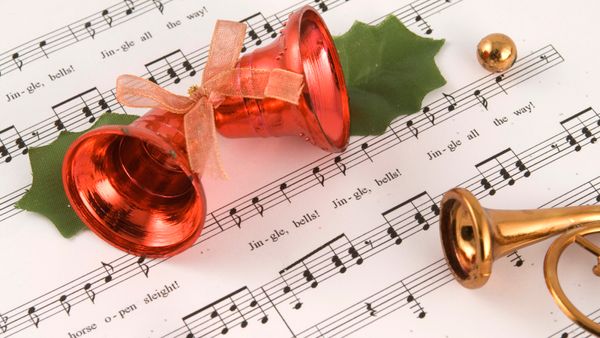
During the holiday season, holly adorns houses all over the world. The prickly green plant and its red berries are a popular ornament for those looking to enliven their homes with a little Christmas spirit. But where did this tradition begin? Why do we deck our halls with boughs of holly foliage every December? What does holly represent in the celebration of Christmas?
In this article, you'll learn where holly grows, what it's used for (besides holiday décor), how it gets those red berries and why it would make your season most unjolly if you ate them. You will also learn about the Christian and pre-Christian symbolism of this famous plant, and the legends surrounding its existence.
Advertisement
Despite its association with the Christmas season, holly did not get its name from "holy." It is translated in Old English as holegn, with variations in Old Norse as hulfr, Dutch as hulst, French as houx, Welsh as celyn and German as Stechpalme. The literal translation for all of these terms is "holly," but the origin is probably the Proto-Indo-European (the ancient root language of the Indo-European languages) base, qel, which appropriately means "prickly" or "to prick." Even in ancient times, people took advantage of the sharp ends of holly's leaves. The Druids hung it on windows and doorways to fend off evil witches and spirits [source: National Trust UK].
Holly is known for its vibrant red color, which stands out against the starkness of winter. But did you know that it's also associated with males and is considered to bring men good luck and protection; the female counterpart to holly is ivy. A famous English Christmas carol, "The Holly and the Ivy," uses the holly symbol to celebrate the birth of Christ. One line states that "The holly bears a berry/As red as any blood/And Mary bore sweet Jesus Christ/To do poor sinners good." Another line says "The Holly bears a prickle/As sharp as any thorn/And Mary bore sweet Jesus Christ/On Christmas Day in the morn" [source: The Hymns and Carols of Christmas].
To find out more about the red berries, the prickly thorns and alternative uses for the plant (you might be surprised, chess fans), read more on the next page.
Advertisement

